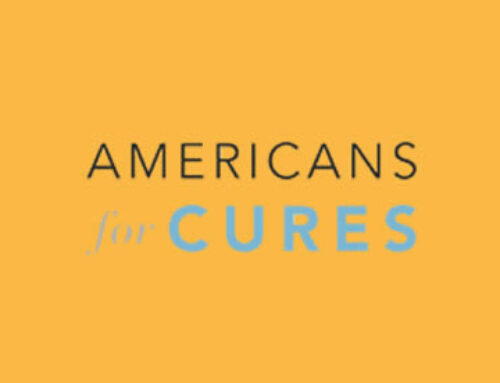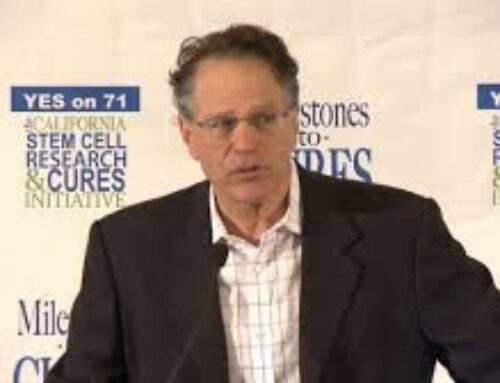In a recent clinical trial for lymphoma, immune cell therapy completely cleared cancer in 62% of patients —some were on their fifth treatment course.
For those patients, the results were a miracle. But it could be so much more.
Consider when immune cell therapy is the first treatment. Imagine the lives saved — the patients who lost their fight before a fifth course; imagine the improved quality-of-life from receiving cell therapy instead of aggressive chemotherapy.
Now consider other areas of regenerative medicine on the horizon: insulin-producing cells for diabetics, repaired nerve cells for spinal cord injuries, gene-modified blood stem cells for sickle cell patients. The list goes on.
Prop. 14 can turn experimental therapies into clinical realities. We are witnessing a medical revolution, supported largely by the California Institute for Regenerative Medicine (CIRM), but we can’t be satisfied by miraculous clinical trials. Those are just the beginning. This revolution culminates when a physician prescribes therapeutic cells as easily as drugs. Prop. 14 will enable this reality by continuing CIRM funding with $5.5 billion from bonds.
Conceived through Prop. 71 in 2004, CIRM has supported 90 clinical trials, two FDA-approved cancer treatments and nine FDA Breakthrough Therapy Designations. Along with these achievements, CIRM understood medical progress requires not only research, but also a well-trained workforce to develop, manufacture and deliver regenerative treatments and cures.
CIRM has supported 1,300 California Community College and State University students through the Bridges to Stem Cell Research and Therapy Program. The Bridges Program prepares first-generation and underrepresented students for careers at cell therapy companies, research institutes, graduate and medical school and more. Over 80% of Bridges Program alumni joined the biomedical workforce or attended graduate school. The students’ benefits may justify the Bridges Program, but like any great investment, it also brings a great return.
Consider Vahid Hamzeinejad, a bright high schooler who headed to UC Berkeley for college. Enter the Great Recession; Vahid was back home, working nonstop to help keep his parents’ restaurant afloat. Vahid enrolled at the College of the Canyons, and after completing an Associate’s, transferred to Cal Poly to join our Bridges Program. Vahid completed his program internship at ViaCyte, where he works today, supporting the clinical development of a possible cure for diabetes. The nearly $30 billion California spends on diabetes could be significantly reduced, thanks in part to the efforts of a student that cost taxpayers $36,000 to educate. Investing tens of thousands to possibly save billions is as strong of an investment as taxpayers could make. And that ‘return’ doesn’t consider improved quality of life by replacing insulin pumps, glucose monitors and constant vigilance with stem cell-derived tissue that regulates blood sugar- making and secreting its own insulin.
With CIRM’s unprecedented training support and the determination of Bridges alumni like Vahid, we are enabling a medical revolution. We can’t stop now. By leveraging the robust infrastructure at CSUs and community colleges and the strong partnerships with company and academic labs, Prop. 14 will allow us to continue training a diverse, motivated and educated workforce to bring regenerative treatments and cures to all Californians.
Trevor R. Cardinal is a professor of biomedical engineering at Cal Poly, San Luis Obispo.







